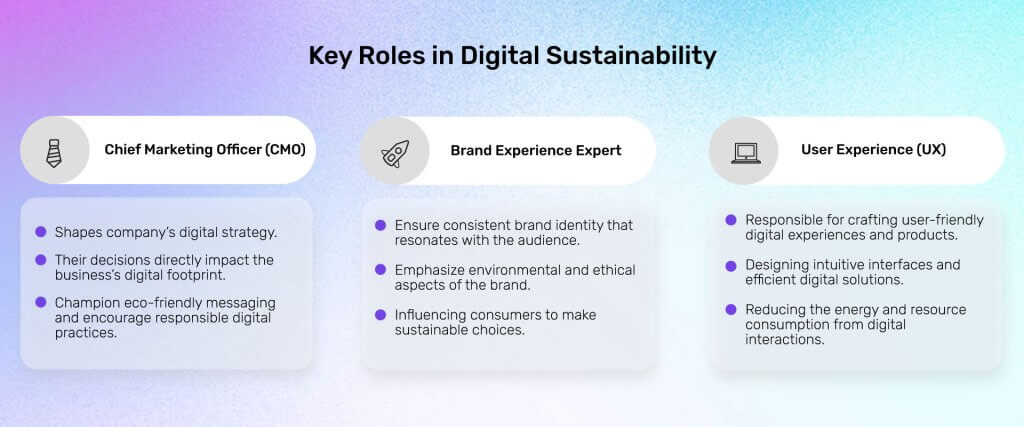
Polarization is more than a buzzword in today’s social climate—it’s a force shaping everything from politics to marketing. For businesses, particularly those in digital spaces, navigating a divided audience can feel like treading a minefield. The stakes are high, but so are the opportunities for those who can adapt. This post explores how polarization impacts marketing strategies, the risks and rewards, and how to build authentic connections in these challenging times.
Understanding Polarization and Its Impact on Marketing
Polarization stems from deep societal divisions driven by differing values, beliefs, and experiences. These divisions are not confined to politics; they seep into consumer behavior and brand loyalty. A 2023 study found that 64% of consumers are more likely to purchase from brands that align with their personal beliefs. This underscores the need for marketers to be aware of polarization’s influence.
In marketing, polarization can amplify brand loyalty—but only if you resonate with the “right” side of your audience. Missteps can lead to public backlash, lost trust, or even boycotts. For example, brands that make bold statements on social justice issues often see a surge in support from one group but harsh criticism from another. The question for marketers isn’t whether polarization exists but how to engage with it thoughtfully.
Navigating the Fine Line: Risks and Rewards
In a polarized world, the line between impactful and alienating marketing is razor-thin. On the one hand, taking a stand can position your brand as authentic and values-driven. Ben & Jerry’s, for instance, has built its reputation on strong political stances, which have cemented its relationship with socially conscious consumers.
On the flip side, polarizing stances can limit your market. Aligning with specific ideologies may alienate segments of your audience. Additionally, controversy carries the risk of ‘cancel culture,’ which can spiral into lasting reputational harm. The challenge lies in balancing authenticity with inclusivity, ensuring that your message doesn’t alienate the majority while resonating with your target demographic.
Crafting Marketing Strategies for a Divided Audience
How can brands navigate polarization without losing their footing? Here are some proven strategies:
- Segment Your Audience Deeply
Use advanced data analytics to understand your audience’s values and behaviors. Tailor messages to subgroups, ensuring they feel heard without overtly opposing others. - Focus on Shared Values
Highlight universal themes—such as sustainability or inclusivity—that bridge divides. These values create common ground and foster positive brand associations. - Stay Agile
The landscape shifts quickly in polarized times. Monitor social and political trends, and be prepared to adjust campaigns as needed to avoid backlash or seize new opportunities. - Listen Actively
Social media is not just a megaphone—it’s also a stethoscope. Use it to gauge audience sentiment and refine your messaging accordingly. Transparency in listening and responding builds trust.
The Role of Authenticity and Trust in Polarized Times
When people are divided, trust becomes the currency of influence. Brands that consistently demonstrate authenticity build lasting connections. Authenticity doesn’t mean taking a stand on every issue; instead, it’s about staying true to your values and delivering on promises.
Take Patagonia as an example. Its commitment to environmental sustainability isn’t just marketing fluff—it’s evident in every aspect of its operations. This consistent alignment between words and actions earns consumer loyalty, even amidst societal divides.
Trust also hinges on transparency. Acknowledge mistakes when they happen, and communicate openly with your audience. In an age where every misstep can go viral, honesty and accountability are the best damage-control tools.
Marketing in polarized times is a double-edged sword. While the risks are undeniable, the rewards for brands that navigate this terrain successfully are immense. Understanding your audience, emphasizing shared values, and staying authentic can turn division into an opportunity for meaningful connection.
In the end, polarization is not a wall—it’s a challenge to innovate, adapt, and grow. Brands that rise to meet this challenge will survive and thrive in an era of division.

















